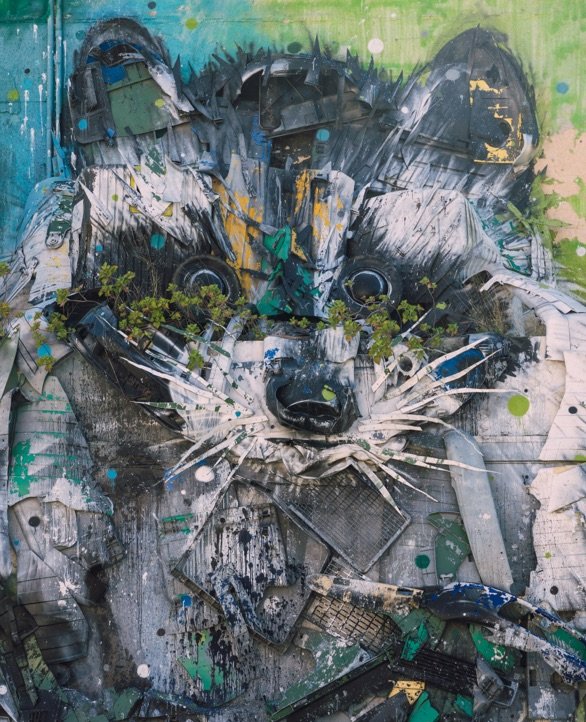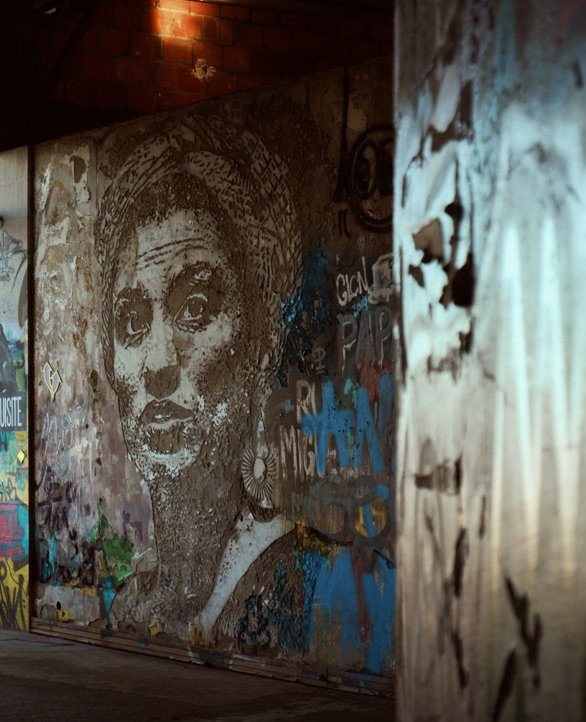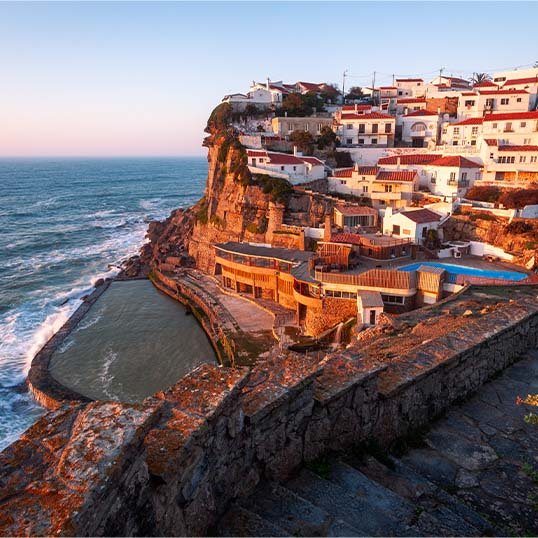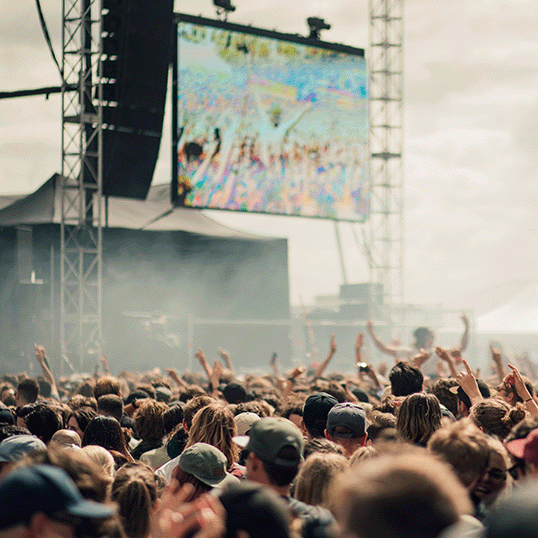Attractions
Discover Lisbon's architecture and urban art
Lisbon is one of the most beautiful cities in the world. Its history, architecture, unique luminosity, the friendliness of the people who live here and the delicious gastronomy, make this city much sought after and loved at first visit.
Over the last few years, Lisbon has become a world reference not only in terms of architecture but also in terms of urban art. Discover the different architectural styles of the city and the works of some internationally recognized urban artists.
A city of different styles
In Lisbon, you can observe the most diverse architectural styles in the city's buildings and see how the old and the modern can coexist harmoniously. Embark on a journey through time and discover some of the main styles of architecture and landmark buildings.
Pombaline
Pombaline architecture was used in the reconstruction of Lisbon after the 1755 earthquake and was named after the Marquis of Pombal, who was responsible for the project. Pombaline buildings were built with functionality, simplicity and safety in mind. This type of architecture is predominant throughout downtown Lisbon. A beautiful example of Pombaline architecture is the Bairro Alto Hotel, a magnificent building that preserves the original facades and was recently renovated by the award-winning architect Eduardo Souto de Moura.
Where you can observe this architectural style:
• Rua Augusta (Augusta Street);
• Rossio;
• Praça Luís de Camões (Luís de Camões Square);
• Bairro Alto Hotel.
Manueline
Manueline architecture is a genuinely Portuguese style that was developed during the reign of King Manuel I. It was intended to glorify the Portuguese achievements at sea, always having marine and patriotic elements. Lisbon has spectacular, world-famous Manueline-style monuments that dazzle all who visit them. If you are visiting the city, be sure to discover them.
Where you can observe this architectural style:
• Jerónimos Monastery;
• Belém Tower;
• Rossio Station;
• Museu Nacional do Azulejo (National Tile Museum).
Baroque
Baroque architecture was used in constructions made during the Portuguese discoveries and its highest expression are the churches, characterized by the use of gilded woodcarvings and tiles in their interiors. In Lisbon, this style was mainly used to enrich existing buildings, creating monumental interiors of great decorative richness.
Where you can observe this architectural style:
• Basílica da Estrela;
• National Pantheon;
• São Roque Church;
• Graça Church.
Neoclassical
The most important constructions in Lisbon built after the 1755 earthquake were made using neoclassical architecture. This style was used in various parts of the world and is characterized by its grandeur and beauty and is still a source of inspiration for architects today. Lisbon has the privilege of having magnificent theaters and palaces of neoclassical architecture that make its visitors dream.
Where you can observe this architectural style:
• São Carlos National Theater;
• The Ajuda National Palace;
• D. Maria II National Theater;
• Lisbon's City Hall;
• São Bento Palace.
Contemporary
In addition to older buildings, Lisbon also has great works of architecture and contemporary design with the signature of award-winning creators, who place it on the map of the most beautiful cities in the world and a reference for the lovers of contemporary architecture.
Where you can observe this architectural style:
• MAAT (Museum of Art, Architecture and Technology);
• The National Coach Museum;
• Champalimaud Foundation;
• The Pavilion of Portugal;
• Oriente Station;
• Belém Cultural Center.
An open-air gallery


Lisbon has become an authentic open-air museum and one of the world's urban art capitals with spectacular works of art created by talented and internationally recognized artists. In various parts of the city you can find works by different artists such as:
• Vhils (Rua dos Cegos 42, Rua das Gaivotas 8, Travessa das Merceeiras, Main Hall of D. Maria II National Theatre);
• Mário Belém (Rua Damasceno Monteiro 2, biblioteca Manoel Chaves Caminha);
• Akacorleone (Panorâmico de Monsanto, Recinto polidesportivo do Campo Mártires da Pátria);
• PichiAvo (Calçada de Santa Apolónia 65);
• Bordalo II (Lx Factory, Rua Bartolomeu Dias 43, Avenida 24 de julho);
• Felipe Pantone (Praça Bernardino Machado, Rua do Rio Lena 40);
• Add Fuel (Rua Nova do Carvalho 29, Rua da Senhora da Glória 79).
In addition to the artistic creations throughout the city, there are also galleries and spaces such as Underdogs, Urban Art Gallery (GAU), Panoramic of Monsanto, among others, which have several works and exhibitions by artists such as Wasted Rita, ±maismenos±, among many others.


